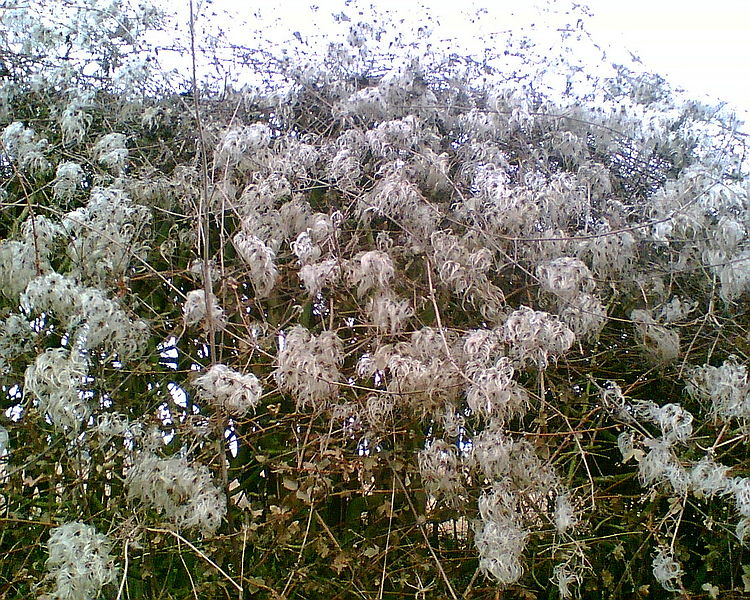The leaf-galling mite Aceria vitalbae may now be used to combat the pervasive weed old man’s beard.
Horizons Regional Council applied to the EPA to introduce the gall mite on behalf of the National Biocontrol Collective, comprised of 14 regional councils and the Department of Conservation.
The Department of Conservation told the Environmental Protection Authority’s decision-making committee that old man’s beard is a serious environmental pest for which there are limited control options, especially where it is widespread, says EPA General Manager of Hazardous Substances and New Organisms, Dr Fiona Thomson-Carter.
Horizons Regional Council submitted that some native plant species, especially in the central North Island, are heavily impacted by old man’s beard. It noted that in some places this weed has been dispersed by the wind, and has established on cliffs, cloaking vegetation and ultimately killing other plant species.
Horizons spends more than $500,000 annually trying to eradicate old man’s beard and five regional councils around New Zealand estimate they spend $760,000 in total. Helicopter spraying of the most suitable broadleaf herbicide costs $1,500 per hectare.
Aceria vitalbae is a gall-forming mite, says Dr Thomson-Carter.
The galls it forms on host plants provide shelter for the mites, enabling them to multiply. The plant redirects resources into the galls, which reduces its capacity to flower, produce leaves, grow longer internode stems, and photosynthesise.
While the leaf-galling mite may attack plant species closely related to old man’s beard, such as the exotic Clematis stans, Manaaki Whenua Landcare Research told the EPA it is confident there would be no significant damage to non-target plants, such as native Clematis species.
Manaaki Whenua Landcare Research is the science provider for the application, and noted the formation of galls would assist in reducing the lateral spread of old man’s beard, and as a flow-on effect, potentially thin-out the canopy coverage and reduce shading of the undergrowth.
Overall, the EPA concluded that native New Zealand plants are not at risk of attack by Aceria vitalbae. Spill-over attacks on exotic species within the same family as old man’s beard are very unlikely, as ornamental Clematis and old man’s beard do not grow in the same areas.
The decision-making committee noted the environmental benefit of reducing herbicide usage if biocontrol proved effective. This would lessen collateral damage on non-target plants and reduce the chemical burden on the environment.
Source: Environmental Protection Authority












